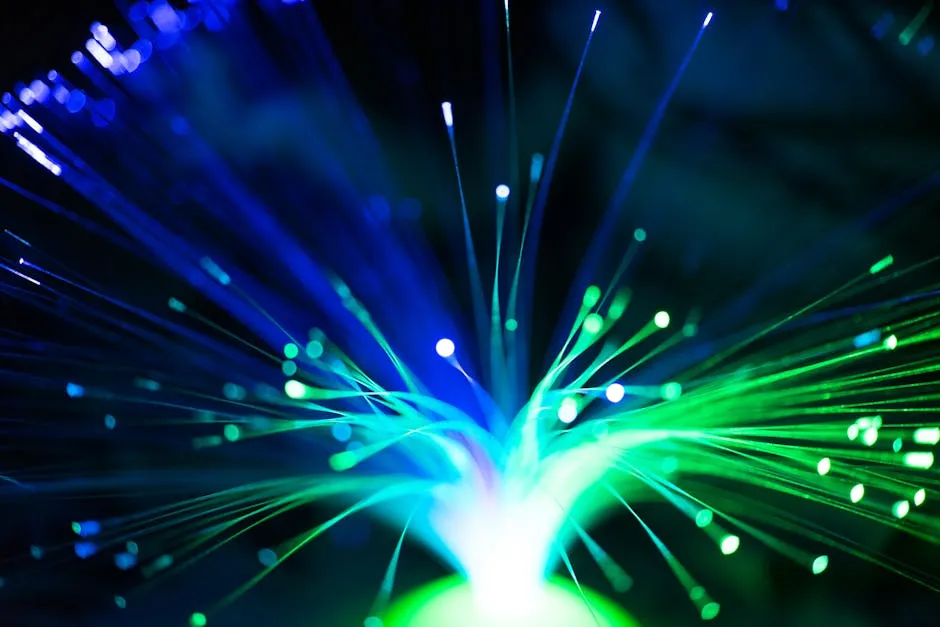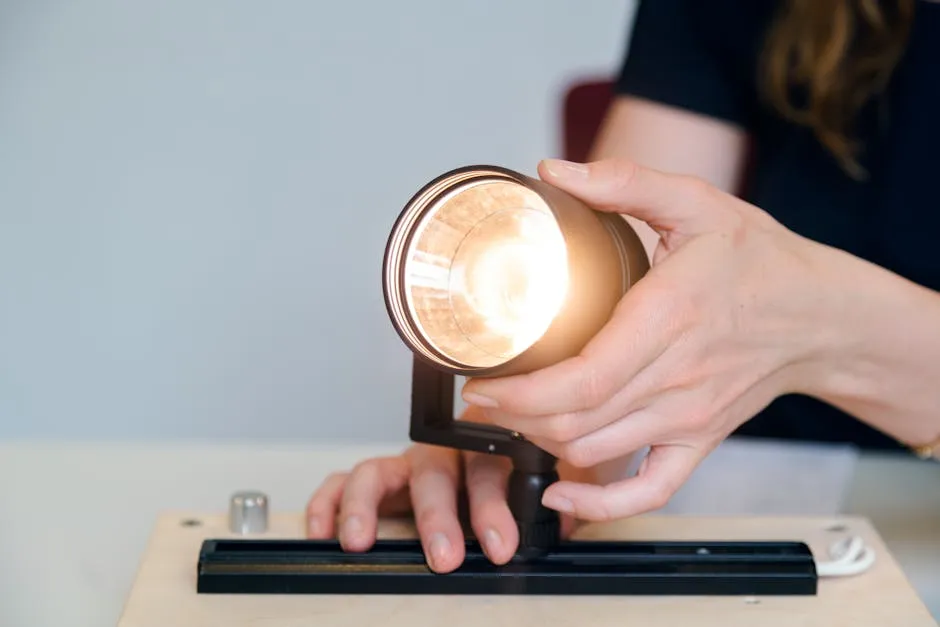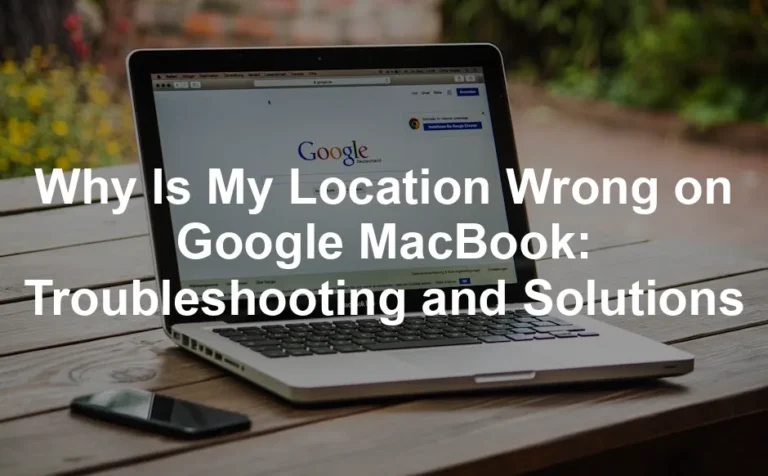
Why Does It Take So Long for WLED to Connect?
Introduction
In our fast-paced world, we expect everything to connect at lightning speed. When it comes to WLED devices, however, the experience can feel more like waiting for a pot to boil. If you’ve ever found yourself staring at your LED lights, wondering why they take ages to connect to your WLAN, you’re not sailing this ship alone!
Many users have shared their frustrations online about these sluggish connections. Is it a router issue? A firmware glitch? Or perhaps you’re just experiencing a case of the Wi-Fi blues? Fear not! This blog post will illuminate the reasons behind the slow connection times of WLED.
Understanding these connectivity quirks will help you troubleshoot effectively, ensuring that your lights shine bright without the wait. Whether you’re a complete newbie or a seasoned techie, we’ve got you covered.
Let’s shed some light on this topic and get your WLED setup running smoothly. You’ll soon be enjoying the full benefits of your smart lighting without the agonizing delays. Say goodbye to the waiting game and hello to a seamless WLED experience!

Summary of Key Points
In this article, we’ll tackle the common reasons behind the slow connections of your WLED device. You might be surprised by what we uncover! From compatibility issues with certain routers—like the notorious ASUS routers—to the complexities of network configurations, we’ll unpack it all.
We’ll dive into specific problems users have faced, including DHCP server complications and PHY mode settings. You’ll learn how to adjust these settings to speed up your connection process. Did you know that firmware versions play a crucial role too? We’ll highlight why keeping your firmware updated is essential for optimal performance.
Additionally, we’ll provide actionable solutions to enhance your WLED connectivity. By the end of this post, you’ll not only have a better understanding of the connection process but also practical tips to ensure your WLED setup works like a charm.
So, grab your favorite snack, settle in, and let’s illuminate the reasons why your WLED is taking its sweet time to connect!
Understanding WLED Connectivity Issues
The Basics of WLED Connection
WLED stands for WiFi Lighting Effects Driver. It’s an open-source project that brings your LED strips to life! The magic happens when WLED connects to your WLAN, allowing you to control lighting effects remotely. Typically, it works with ESP32 Development Boards or ESP8266 Development Boards, which can be programmed to control multiple LED strips.
To connect your WLED device to your home network, you need to input your Wi-Fi credentials correctly. This includes the SSID (network name) and password. Now, don’t underestimate the importance of these network settings! They’re like the secret handshake for your WLED device to access your WLAN. Without them, your device might feel as lost as a kid in a candy store without any money.
Common Connectivity Problems
Despite its wonders, WLED can sometimes be a bit finicky. Several common issues lead to sluggish connections or even complete failures:
- Router Compatibility: Some routers, especially ASUS models, are known to have compatibility issues. If your WLED device is struggling, it might be time to switch to another brand or check your router settings.
- Weak Wi-Fi Signal: If your WLED device is too far from the router or behind walls, the signal can weaken. It’s like trying to listen to your favorite song while swimming underwater—hard to catch all the notes!
- Incorrect Wi-Fi Credentials: A simple typo in your SSID or password can cause endless frustration. Double-check the credentials to ensure they’re correct. It’s like trying to enter a club with the wrong password—no entry for you!

User Experiences
Let’s turn to the community for a moment. Users have shared their connectivity woes on forums and GitHub threads. One user, zpin, reported a long connection time on their D1 mini with an ASUS router. Initially, it failed to connect but eventually did after what felt like an eternity. Others chimed in, confirming similar experiences with ASUS routers.
Another user, Mombonav, had their NodeMCU ESP8266 refuse to connect to their home WiFi despite entering the right credentials. The device kept defaulting to the WLED_AP instead. After much troubleshooting, they discovered that separating the 2.4GHz and 5GHz signals helped resolve the issue. It’s a good reminder that sometimes, the simplest changes yield the best results.
These anecdotes highlight that you’re not alone in your connectivity struggles. Many have walked this path, and their experiences can guide you toward a resolution. With this collective wisdom, you can tackle your WLED connectivity issues and bring your lighting dreams to life!
DHCP Server Issues
Understanding DHCP
Dynamic Host Configuration Protocol (DHCP) is like the friendly neighborhood postman of your network. It assigns IP addresses to devices, ensuring they can communicate effectively. When devices connect to a network, the DHCP server hands out unique IP addresses. This process is crucial for seamless communication.
However, not all is sunshine and rainbows. Common issues can arise with DHCP, leading to connectivity headaches. One notable problem is IP address conflicts. Imagine two devices trying to claim the same address—it’s like an awkward double date! This can result in connection failures or dropped signals.
Another issue is when a device fails to obtain an IP address altogether. This situation leaves your WLED device feeling like a wallflower at a dance, unable to join the fun. Ensuring your DHCP server is functioning correctly is vital for smooth WLED connections.
Router Settings
Importance of Router Configuration
Your router settings play a starring role in WLED connectivity. A misconfigured router can be the difference between dazzling lights and a frustrating wait. For optimal performance, consider separating your 2.4GHz and 5GHz bands. Many WLED devices thrive on the 2.4GHz band, so make sure it’s set up correctly.
Another tip is to adjust your router’s channel settings. Sometimes, interference from neighboring networks can slow down your connection. By switching to a less crowded channel, you can enhance your WLED experience.
In short, take the time to review and configure your router settings. A little attention can lead to a significant boost in WLED connectivity, allowing your lights to shine bright without hiccups.

Optimizing Your WLED Setup
Best Practices for Fast Connectivity
When it comes to WLED connectivity, your choice of hardware matters. For a faster and more reliable connection, the ESP32 Development Board is often the better option compared to the ESP8266 Development Board. Why, you ask? Well, the ESP32 boasts dual-core processing capabilities and improved Wi-Fi performance. Sure, the ESP8266 is a classic, but if you want to light up your world without the delays, the ESP32 is your go-to.
Next, let’s talk about wiring. Proper connections can make or break your setup. Ensure your wiring is short and tidy. Long wires can introduce noise and lag. Use thicker gauge wires for power, especially if you’re connecting multiple LEDs. This helps prevent voltage drops and ensures your lights stay bright and responsive.
Moreover, don’t forget about your power supply. Make sure it’s adequate for your LED strip’s voltage and current requirements. A weak power supply can lead to flickering or unresponsive LEDs, which can be as frustrating as waiting for a pot of water to boil. Consider checking out a Power Supply for LED Strips to ensure your setup runs smoothly.

Advanced Configuration
Ready to take your WLED setup to the next level? Let’s dive into some advanced configurations. One effective method is enabling mDNS (Multicast DNS). This makes device discovery easier. Instead of hunting for your WLED device’s IP address, you can simply type its mDNS name in your browser. For example, if your device is named “WLED,” you can access it via WLED.local. It’s like having a VIP pass to your own lighting show!
Another powerful option is to adjust the advanced settings in the WLED interface. Tweaking parameters such as the Wi-Fi PHY mode can dramatically improve connectivity. Users have reported success changing their PHY mode to WIFI_PHY_MODE_11G. This adjustment has helped many users overcome sluggish connections, especially with ASUS routers.
Lastly, consider setting up a static IP for your WLED device. This ensures your device always has the same address on your network, reducing the chances of connection issues. It’s similar to having a reserved seat at your favorite restaurant—no more waiting around!
By implementing these best practices and advanced configurations, you’ll optimize your WLED setup for fast and reliable connectivity. Say goodbye to frustrating delays and hello to a dazzling display of lights!

Conclusion
In summary, understanding why your WLED connection takes its sweet time can be a game changer. The good news? You’re not just stuck in the slow lane! By pinpointing the various factors—like router compatibility, weak signals, or DHCP issues—you can tackle these problems head-on.
Implementing the troubleshooting techniques and best practices we’ve discussed, such as adjusting PHY mode and checking your router settings, can dramatically improve connection speed. Remember, even the tiniest changes can have a significant impact.
The beauty of smart lighting is that it should enhance your life, not complicate it. A well-functioning WLED setup can transform your space into a vibrant wonderland, illuminating your evenings and setting the mood for any occasion. So, take charge of your WLED experience, and let those lights shine bright!
FAQs
Why does WLED take so long to connect?
WLED may take longer to connect for several reasons. Compatibility issues with certain routers, especially ASUS models, are common culprits. If the Wi-Fi signal is weak or obstructed, your WLED device might struggle to maintain a stable connection. Even a simple typo in your Wi-Fi credentials can lead to frustrating delays. Additionally, DHCP server issues can arise, such as IP address conflicts or failure to obtain an IP address. All of these factors can contribute to a sluggish connection, leaving you wondering why your lights aren’t turning on as quickly as you’d like.
How can I improve my WLED connection speed?
Improving your WLED connection speed can be achieved through a few practical steps. Firstly, ensure your router is compatible with WLED devices. Consider switching to a different brand if you’re using an ASUS router. Secondly, place your WLED device closer to the router to improve signal strength. You can also separate your 2.4GHz and 5GHz bands to reduce interference. Finally, updating your WLED firmware can resolve bugs and enhance performance.
Are there specific routers that work better with WLED?
Yes, certain routers have proven to work better with WLED devices. Users frequently recommend routers from brands like TP-Link and Netgear for their compatibility and reliability. When configuring your router, ensure that the 2.4GHz band is enabled and set to a specific channel, ideally 1, 6, or 11, to minimize interference from neighboring networks. This simple adjustment can significantly enhance your WLED experience.
What should I do if my WLED device won’t connect at all?
If your WLED device refuses to connect, start by double-checking your Wi-Fi credentials for any mistakes. If everything appears correct, try resetting your device and reconfiguring it. Another option is to assign a static IP address to your WLED device, which can often resolve connectivity issues. If all else fails, consider testing the device with a different router or checking for firmware updates, as these steps can help identify the root cause of the connection problem.
Can I use WLED with multiple networks?
Yes, WLED can be used with multiple networks. However, managing connections across different Wi-Fi networks may require some extra steps. When connecting to a new network, ensure that you input the correct SSID and password. If your WLED device supports mDNS, you can easily access it by its mDNS name, making it simpler to switch between networks. Just remember, maintaining a consistent network environment can help improve overall connectivity and performance.
Please let us know what you think about our content by leaving a comment down below!
Thank you for reading till here 🙂
If you’re curious about why WLED takes so long to connect, you’ll find valuable insights in our post about why does it take so long for WLED to connect.
And for those looking to maximize their smart home experience, consider adding a Smart Home Automation Hub to your setup. It could be the missing piece to a fully integrated smart home!
All images from Pexels




